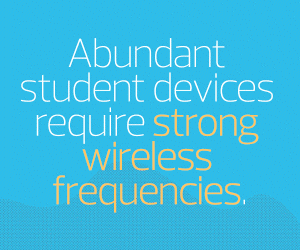What Is the Digital Use Divide?
The digital use divide is the “inequitable implementation of instructional tasks supported by technology,” according to the NETP. This addresses the inconsistent ways that students are taught to use technology. Some are required to use it actively — “to analyze, build, produce, and create” — while other assignments call for a more passive relationship with technology, the NETP notes.
To close the gap, schools need to offer options. Using a variety of digital tools gives educators the flexibility to present information in more than one way. “Examples can include videos, interactive simulations, infographics, and audio recordings,” according to the NETP. “These tools allow students to access content in formats that suit their preferences.”
Looking beyond access, teaching with a host of digital tools allows students to demonstrate their learning and understanding of a concept in different ways.
DIVE DEEPER: Technology supports personalized learning in K–12 classrooms.
Technologies that enable students to create audio or video presentations such as podcasts, as well as e-books and digital drawing tools, can showcase students’ individual strengths. Audiovisual tools, including Logitech’s BCC950 ConferenceCam and Microsoft’s Surface Hub, and large-format flat panels, such as Promethean ActivePanel displays, expand the range of digital alternatives.
What Is the Digital Design Divide?
As defined by the NETP, the digital design divide is the inequitable access to professional learning for educators to design learning experiences for all students.
Schools need to give educators the time to practice and build these design skills. Teachers are already working long hours outside the classroom, and many report experiencing burnout. The National Education Association estimates that teachers work 53 hours a week, seven hours more than the average working adult. A Merrimack College survey found that 29 percent of teachers want more planning time.
The design divide considers both the systems that provide educators with enough time and support to build their capacity with digital tools and the systems that do not. “In systems where the average teacher can access more than 2,000 digital tools in a given moment,” the NETP states, closing the design divide “moves teachers beyond the formulaic use of digital tools and allows them to actively design learning experiences for all students within a complex ecosystem of resources.”
Other data supports the presence of this digital design gap. The International Society for Technology in Education’s 2023 “Transforming Teacher Education” study found that every faculty member embraced and modeled instructional technology in only 9 percent of educator preparation programs surveyed.













